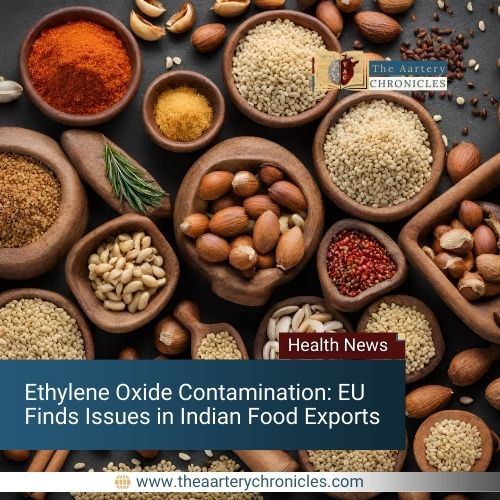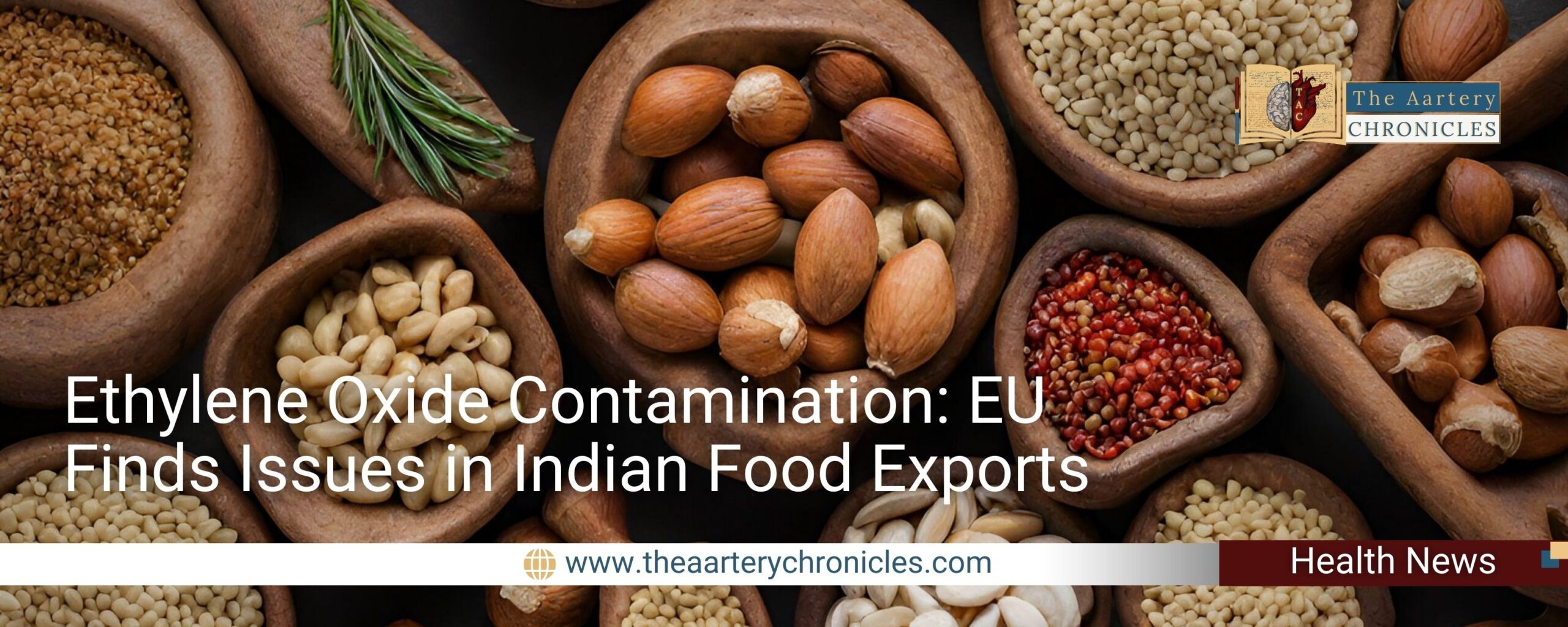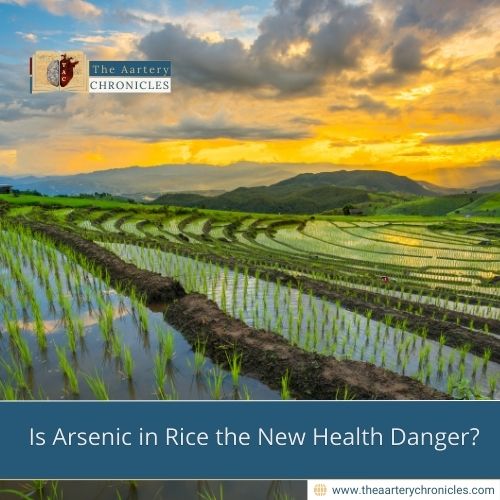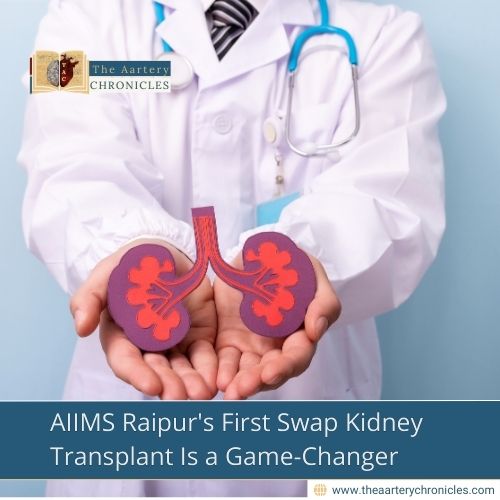Ethylene Oxide Contamination: EU Finds Issues in Indian Food Exports
Overview of Ethylene Oxide Contamination
Between September 2020 and April 2024, food safety officials in the European Union (EU) found contamination in 527 items related to India, notably nuts, sesame seeds, herbs, spices, and dietetic meals. The majority of contamination occurrences included ethylene oxide, a chemical widely used as a pesticide and sterilizing agent for medical equipment. The EU has established a limit of 0.1 mg/kg for this chemical in food items due to its link to major health hazards such as lymphoma and leukaemia.
Scope of Contamination in Indian Food Exports
According to data from the Rapid Alert System for Food and Feed (RASFF), the EU’s food safety surveillance system, ethylene oxide was found in 525 food products and two feed products. Out of these, 87 consignments were rejected at EU borders, while the rest were removed from the market after initial approval. In 332 cases, India was identified as the sole country of origin, with other countries named for the remaining contaminated products.
EU Regulations and Standards
Jubin George Joseph, Chief Operating Officer of Ramaiah Advanced Testing Labs, noted that ethylene oxide could also break down into ethylene glycol, a chemical linked to a deadly incident in Africa involving contaminated cough syrups. Joseph recommended that the Indian government and the Food Safety and Standards Authority of India (FSSAI) explore safer alternatives for sterilizing food products, such as gamma-ray treatment. He also emphasized the need for increased testing and monitoring to ensure the safety of food products intended for export and domestic consumption.
Impact on Health and Safety
Concerns have arisen over the safety of exported food products from India, especially given that products for export are typically subject to stricter quality standards. An unnamed consumer activist noted that if exported products are contaminated, it raises questions about the quality and safety of similar products sold in the local market.
Responses and Recommendations from Experts
Despite inquiries, FSSAI had not responded with a comment at the time of publication. The agency’s next steps and any planned measures to address these safety concerns remain unclear. In the meantime, Joseph suggested that chemical treatment is often the most cost-effective method for sterilizing food products, potentially explaining its widespread use.
Concerns and Inquiries from Consumer Activists
With 121 contaminated products detected in 2022 and 2023, it is evident that more rigorous testing and quality control measures are needed to meet EU standards and ensure the safety of both exported and domestically consumed food products.
Source: Inputs from various media Sources

Priya Bairagi
Subscribe to our Newsletter
Get Articles of your preference delivered to your Mailbox!










